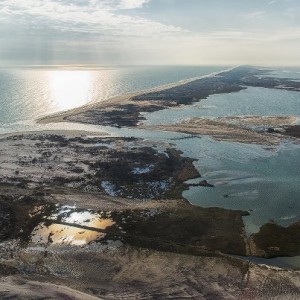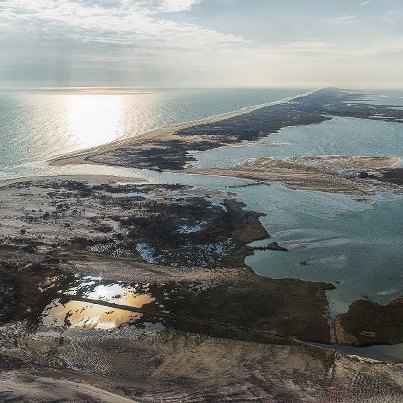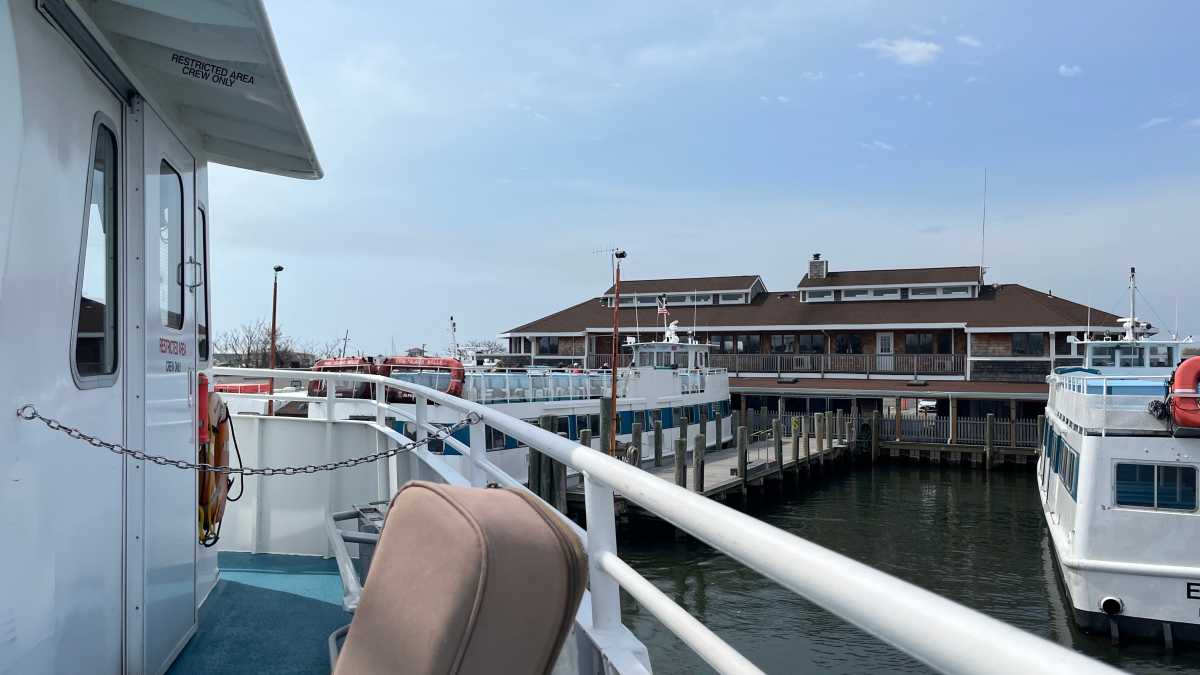
New York State and federal agencies have begun the process of preparing to close the breach on Fire Island caused by Sandy amid renewed debate over whether it’s caused flooding on the South Shore.
The New York State Department of Environmental Conservation (DEC) requested Thursday that the U.S. Army Corp of Engineers (ACE) take the preliminary steps to seek out a contractor to fill in the breach—but they haven’t officially OK’d its closure.
“If the breach does not close naturally, the closure process will be much further along,” DEC Commissioner Joe Martens said in a statement. He said the request will allow the state and feds “to act more quickly to close the breach if that is deemed necessary.”
The breach falls within the remote eastern half of the barrier island in part of the Otis Pike High Dune Wilderness Area—the only such federal preserve in the state—known as Old Inlet, which has opened and closed repeatedly throughout history.
The south-facing portion of the breach facing the Atlantic Ocean has widened by more than 1,000 feet since the Oct. 29 superstorm—108 feet on Nov. 3 to 1,171 feet on Feb. 28—and the side facing the Great South Bay more than doubled from 276 feet to 616 feet during the same time period, according to the Fire Island National Seashore (FINS).
“It’s not a final decision to close yet but having everything in place so that when a decision is made we have everything ready to go,” said FINS Superintendent Chris Soller, who believes the breach may still close on its own this spring.
“It will probably be months rather than weeks,” said Chris Gardner, an ACE spokesman, referring to the time it takes to procure and haul in the required heavy machinery. “There’s a variety of different factors at play. Most importantly there’s not dredges working in the area that we can draw upon.”
DEC, ACE and FINS, a unit of the National Park Service, together agreed to begin procuring a contractor under the Breach Contingency Plan, which was used for the first time after Sandy since being inked in 1996 following bungled breach repairs at Westhampton Beach.
The plan was used to close two other breaches—one at Cupsogue County Park in Westhampton Beach and the other at Smith Point County Park on the other side of the Moriches Inlet—shortly after Sandy. The third breach has been closely monitored but left to close on its own because it falls within the federal wilderness area.
A spokeswoman for Suffolk County Executive Steve Bellone, who called a news conference this week blaming local flooding on the breach and demanding that it be closed immediately, did not respond to a request for comment on the DEC’s announcement.
Adrienne Esposito, executive director of the Farmingdale-based Citizens Campaign for the Environment, contends that there is no proven link that the breach is causing flooding along Suffolk’s bay front. But, it is proven to be flushing the polluted Great South Bay.
“We need to base decisions on fact, not fear,” she said. “I’m very frustrated that science somehow went out the window here … we shouldn’t substitute political science for good marine science.”

































